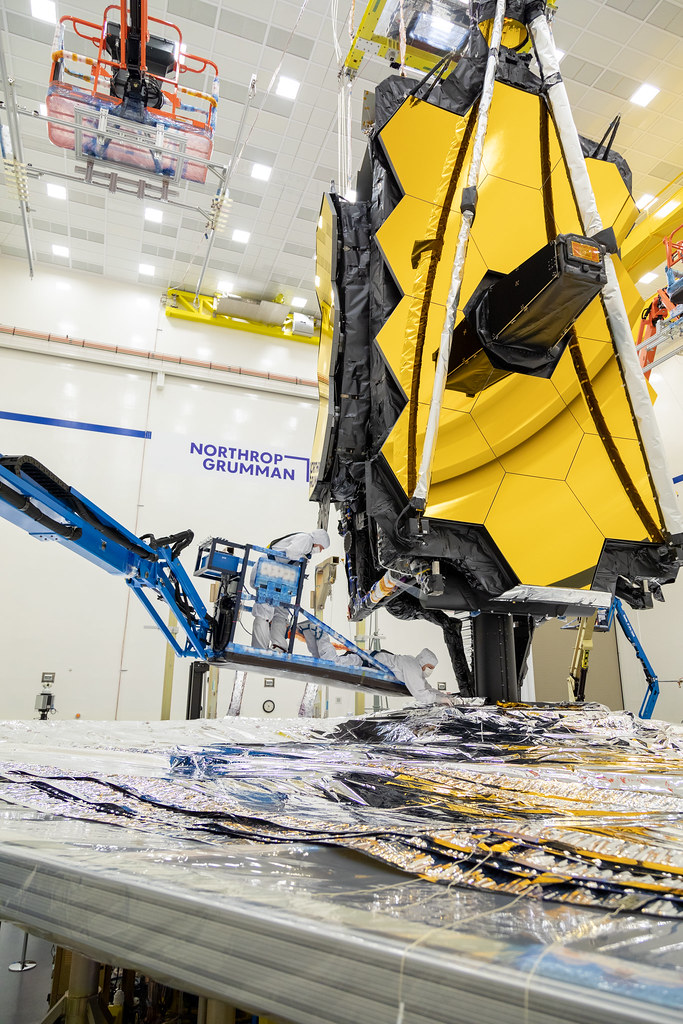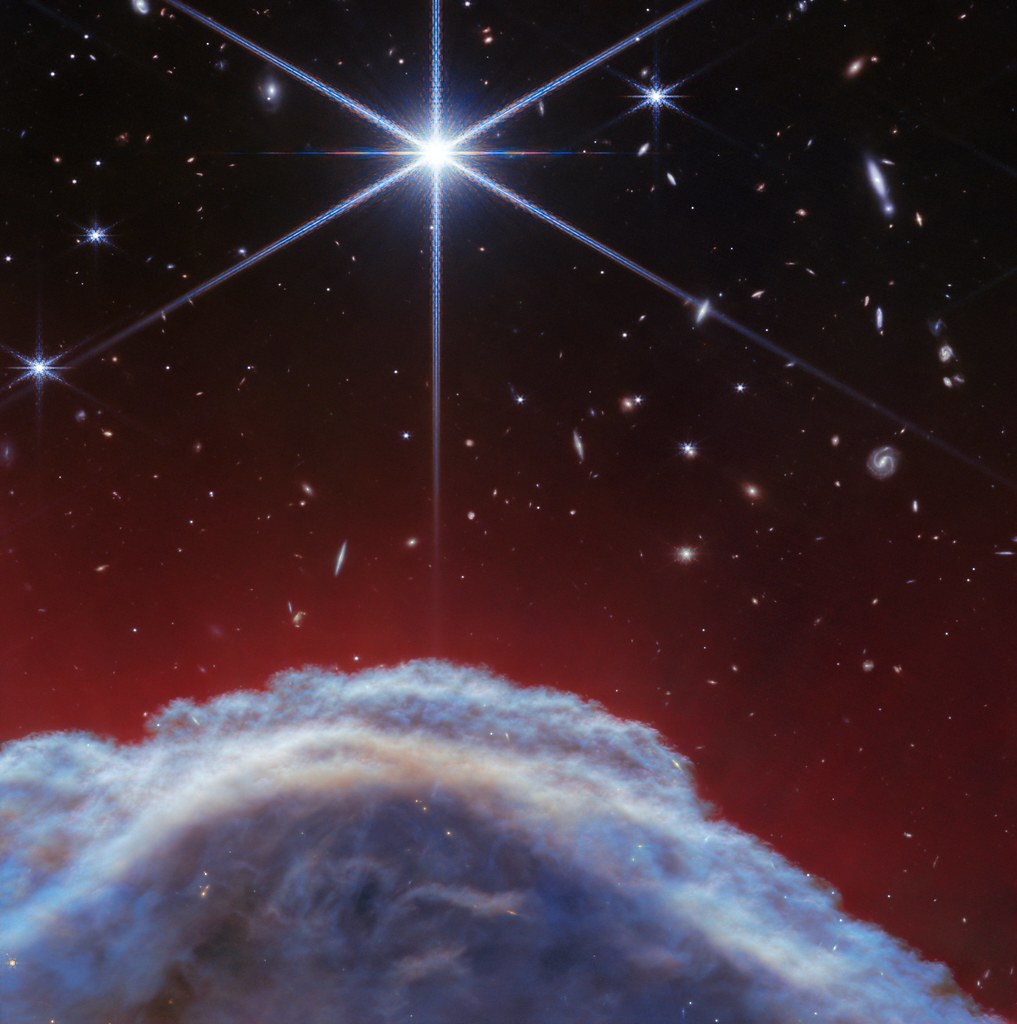
A landmark in the cosmic landscape, the iconic Horsehead Nebula has been brought into sharper focus than ever before, thanks to the sophisticated eyes of NASA’s Webb Space Telescope.

Positioned within the Orion constellation, a staggering 1,300 light-years from our planet, the Horsehead Nebula’s latest portrait reveals a breathtaking panorama of interstellar drama.

The nebula, which has entranced sky-watchers and scientists alike since its discovery over a hundred years ago, bears an uncanny resemblance to the silhouette of a horse’s head rearing into the cosmos.

This dark nebula, a cloud of gas and dust, is set against the backdrop of radiant matter, appearing as either a bright patch or a dark form in the night sky.

The state-of-the-art Webb Telescope, lauded as the most powerful space observatory constructed to date, captures infrared light with unparalleled precision.

This capability allows it to unveil celestial objects and phenomena that are invisible to traditional optical telescopes, which rely solely on the visible spectrum.

In the new images, the nebula’s “mane” appears in spectacular detail, backlit by the luminous intensity of a proximate hot star. These images are not just a feast for the eyes but a boon for scientific inquiry.

NASA has shared insights, alongside these captivating visuals, detailing the ongoing process observed within the nebula: “As ultraviolet light evaporates the dust cloud, particles are swept away by the outflow of heated gas.”

The Horsehead Nebula serves as an exemplary celestial laboratory for astronomers studying photodissociation regions (PDRs), which are crucial to understanding the physical structures within such formations.

The fresh images are instrumental in analyzing the molecular evolution of the nebula’s constituent gas and dust, providing a window into the transitional regions that bind these elements together.

NASA has highlighted the significance of the Horsehead Nebula, saying, “It is considered one of the best regions in the sky to study how radiation interacts with interstellar matter.”

The new data also shed light on the processes by which dust within the nebula obstructs and radiates light, allowing astronomers to glean insights into the nebula’s intricate multidimensional shape.

This isn’t the first time the Horsehead Nebula has been in the spotlight. It featured among five stunning new space images captured last year by Euclid, part of a groundbreaking endeavor by the European Space Agency.

Launched from Cape Canaveral in Florida, Euclid’s mission involves creating a revolutionary 3D map to “uncover some of [the universe’s] hidden secrets,” as remarked by the agency.

The images are expected to enhance astronomers’ comprehension of the nebula, a popular subject for space observatories like the Hubble Space Telescope.
Relevant articles:
– Close-up of horse-shaped nebula revealed in new NASA telescope photos, New York Post

